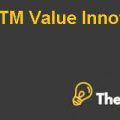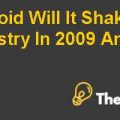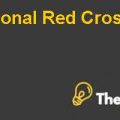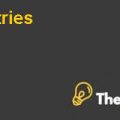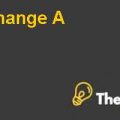Predictive multiple regression model Case Study Solution
Introduction to the problem the model can help solve
The main problem of this case is to determine what type of persons spend more on tickets and how companies can improve the ticket sales.As we have different types of people, first people who live near to the stadium, second people who are educated and have the high disposable income index.So to solve that problem,we have used the regression model. This model will determine the factors that are leading towards higher spending on the tickets.
Regression model will develop an equation based on that equation, we can determine which factor influence the spending more as compared to other variables. As in this model, we have used spending as the dependent variable and education related to college, vocational and graduation, income value, home value, female and married or not are considered as an independent variable. (Montgomery, 2006)
This model will determine which variable has the more influence on spending of the tickets and company can market its services accordingly.
Method of developing the model
As we have used linear regression model that is as follows
The regression model is as follows;
Spending on tickets = βo (Constant) + β1 (Independent variable1) + β2 (Independent variable2)+ β3 (Independent variable3)+ β4 (Independent variable4)+β5 (Independent variable5)+ β6 (Independent variable6)+ β7 (Independent variable7). (Phillip B Palmer, 2009)
Description of model
Yes, in this model, I have used one large data set that includes different independent variables.
Key factors and their coefficients
We have seven independent variables in this regression model and each independent variable has its coefficient that tells the relationship of that variable with the independent variable.
We have the first variable of distance in miles from the stadium, the coefficient shows that there is a negative relationship between the distance and spending of tickets. That shows that the less the distance the more the chances that people would spend on tickets. The coefficient of this variable is -0.062 that means that if the distance increases by one point then the chances of people spend on tickets would decrease by 0.062 points.
PREDICTIVE MULTIPLE REGRESSION MODEL Harvard Case Solution & Analysis
Furthermore, we have the second independent variable of a college education, the coefficient of this shows that there is a positive relationship between the college education and spending on tickets. That means students are more intent to buy the tickets. Students who are in college not in university. This variable has the highest coefficient number of 5.308 that shows that one point increase in the college education then 5.308 points increase in the spending on tickets.
Income also plays an important role in the spending of the tickets.When people have high disposable income then they tend to go to stadiums. People with the less disposable income, they do not tend to do to these stadiums, they spend their income on the basic needs.
Co-efficient of this variable also shows that there is a positive relationship between the income value and spending on tickets.The coefficient of this variable is 0.00007, it shows that if income increases by 1 point then spending on tickets would increase by 0.00007 points.....................
This is just a sample partial case solution. Please place the order on the website to order your own originally done case solution.

